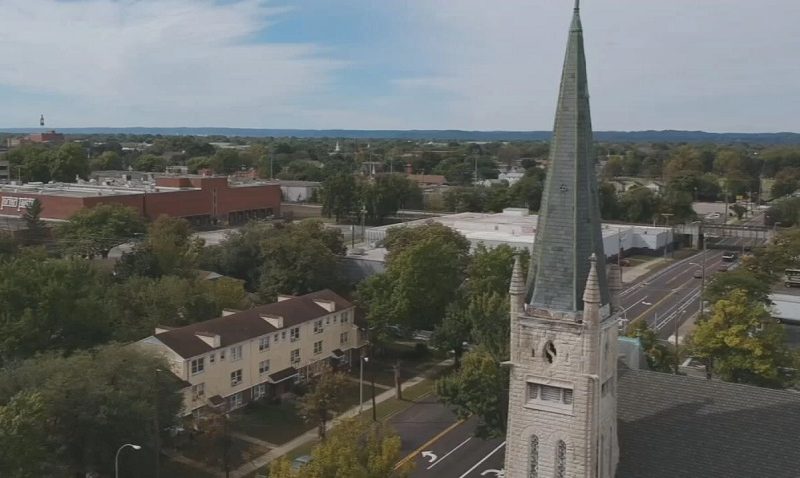LOUISVILLE, Ky. — Louisville’s newly launched crime plan, focusing on prevention, intervention, and enforcement, is already drawing mixed reactions from residents, particularly in the city’s west end. While Mayor Craig Greenberg emphasizes the importance of a comprehensive strategy, many in the community are demanding tangible results rather than more promises.
James Mathis Sr., a resident of the west end, understands the harsh realities of violent crime all too well. In 2018, he was shot six times during a violent home invasion that nearly claimed his life. The scars he carries are a constant reminder of the brutality he endured.
“I was shot six times in 2018. In my chest, leg, and hand,” Mathis recalled. “The man who shot me is now behind bars and won’t be eligible for release for at least 20 years. Just like when I got shot, they are seeing justice, and that’s what it felt like. It felt good because people sought to get the people that harmed me.”
Mathis’ personal experience with violence and justice provides him with a unique perspective on Louisville’s crime reduction efforts. Under Greenberg’s new approach, the Office for Safe and Healthy Neighborhoods has been rebranded as the Office of Violence Prevention. The division, which has been operating since 2013, is tasked with driving community-based, evidence-driven strategies to combat violence.
Despite receiving millions in city funding over the years, the office’s strategy has drawn mixed responses. In a 2023 press release, the office’s director claimed that they were “building the necessary infrastructure to support community-driven, evidence-based strategies for violence prevention and intervention.” However, some residents and activists argue that the current strategy is not enough to tackle the deep-rooted issues of violence in Louisville.
Mathis, in particular, believes the crime plan must go further to encourage collaboration between the community and law enforcement. He points to the lack of cooperation in many neighborhoods as a barrier to success.
“People have chosen not to say anything,” Mathis said. “I will not get involved because you’re asking us to put our lives on the line for nothing.”
A key issue, according to Mathis, is the lack of trust and communication between the community and police officers. He argues that many residents do not feel they can turn to the police for help, and many officers are disconnected from the streets they are tasked with patrolling.
“We don’t have a relationship with the officers,” Mathis said. “The officers don’t have a real relationship with the street.”
Despite these concerns, there are some signs of progress. According to the Office of Violence Prevention, homicides and non-fatal shootings in Louisville are down nearly 32% compared to this time last year. While the statistics reflect an encouraging trend, many residents like Mathis are not yet convinced. For them, the numbers hold little weight if the streets still feel unsafe, and trust in law enforcement remains fragile.
In the west end, a community long plagued by violence and poverty, the desire for real, lasting change is palpable. Residents are eager to see a crime plan that addresses not just the symptoms of violence but the underlying issues of mistrust, fear, and disconnection between the community and police.
As Louisville moves forward with its renewed crime plan, the question remains: can the city build the trust necessary to make these efforts successful, or will the cycle of distrust and violence continue to undermine progress? For many, the answer lies not in numbers, but in the everyday experience of feeling safe in their own neighborhoods.











